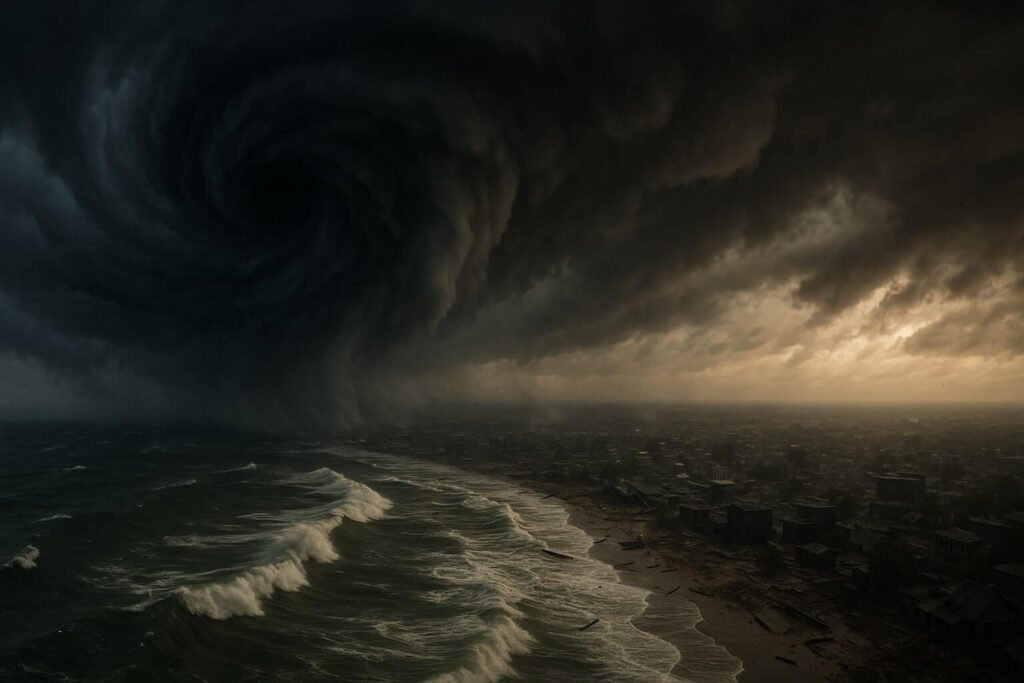Cyclones, hurricanes, and typhoons—these mighty storms go by different names depending on where they strike, but their destructive force is universally feared. When a cyclone makes landfall, its impact can reshape communities, economies, and lives overnight. Let’s dive into some of the most devastating cyclone damages ever recorded around the globe.
Atlantic’s Unforgiving Hurricanes
At the top of the list sits Hurricane Katrina (2005), causing an eye-watering $201 billion in damages. New Orleans suffered tremendously as levee failures flooded 80% of the city, demonstrating how cyclones can overwhelm even substantial infrastructure. Hurricane Harvey (2017) wasn’t far behind, unleashing record rainfall in Texas and Louisiana, costing around $160 billion and highlighting the intensifying power of storms fed by warmer oceans.
Hurricane Ian (2022) and Maria (2017) further illustrate the Atlantic’s vulnerability, each surpassing $100 billion in damages. Maria’s devastating impact on Puerto Rico, particularly its power grid collapse and staggering death toll, underscored the importance of resilient infrastructure.
Pacific Typhoons: Asia’s Costly Storms
Typhoon Doksuri (2023) set a new economic record in the Pacific basin, causing $28.5 billion in losses across China and the Philippines. Japan’s experience with Typhoon Hagibis (2019), totaling up to $19 billion, underscored how floods, rather than wind alone, increasingly drive damage totals. Meanwhile, Typhoon Haiyan (2013) remains etched in memory, not just for its $12.9 billion in damages but tragically for the thousands of lives lost due to overwhelming storm surges.
Indian Ocean Cyclones: Lesser in Frequency, Higher in Vulnerability
In the Indian Ocean, Cyclone Amphan (2020) resulted in an estimated $13 billion loss primarily in India, devastating rural communities and agriculture through saltwater intrusion. Cyclone Idai (2019) inflicted immense human and economic hardship in Mozambique, Zimbabwe, and Malawi, highlighting how cyclones exacerbate existing vulnerabilities, leading to humanitarian crises.
Deadly Cyclones: A Human Perspective
While economic losses often dominate discussions, cyclones can be horrifyingly deadly, especially where preparedness lags. The Bhola cyclone of 1970 claimed between 300,000–500,000 lives in Bangladesh, illustrating the catastrophic human toll when early-warning systems and resilient shelters are inadequate.
Why Cyclone Damage Is Rising—and How to Stop It
Cyclone damages are escalating faster than economic growth, driven by booming coastal populations and climate change-enhanced storm intensity. Effective mitigation—like New Orleans’ surge barriers, coastal wetlands restoration, resilient power grids, and robust evacuation plans—proves repeatedly to save both money and lives.
Every community vulnerable to cyclones can learn valuable lessons from past storms: infrastructure resilience matters immensely, early warnings save lives, and investing in prevention pays off many times over.
By understanding past cyclone impacts, we can better prepare for the future—turning lessons from tragedy into strategies for resilience.


